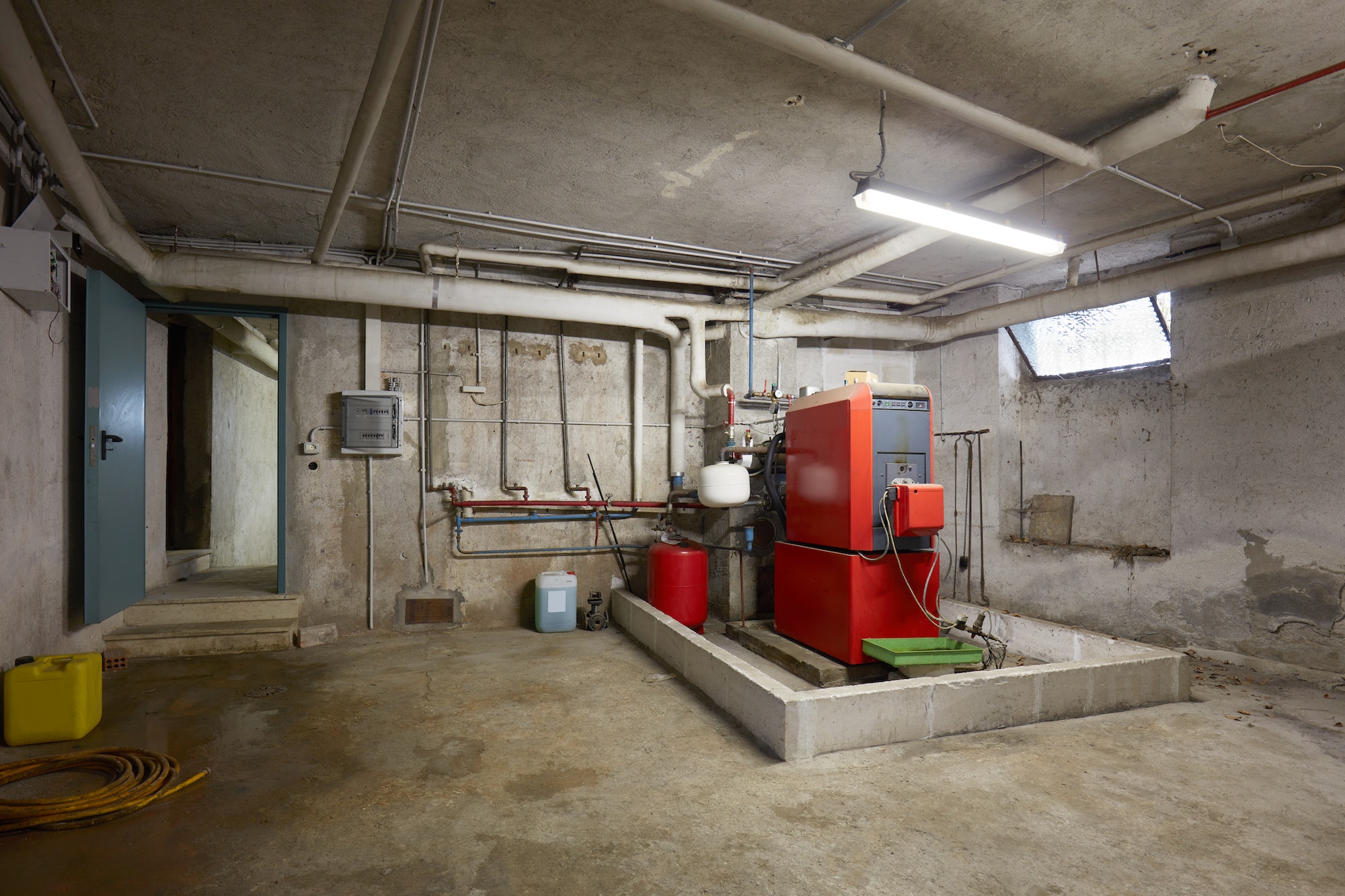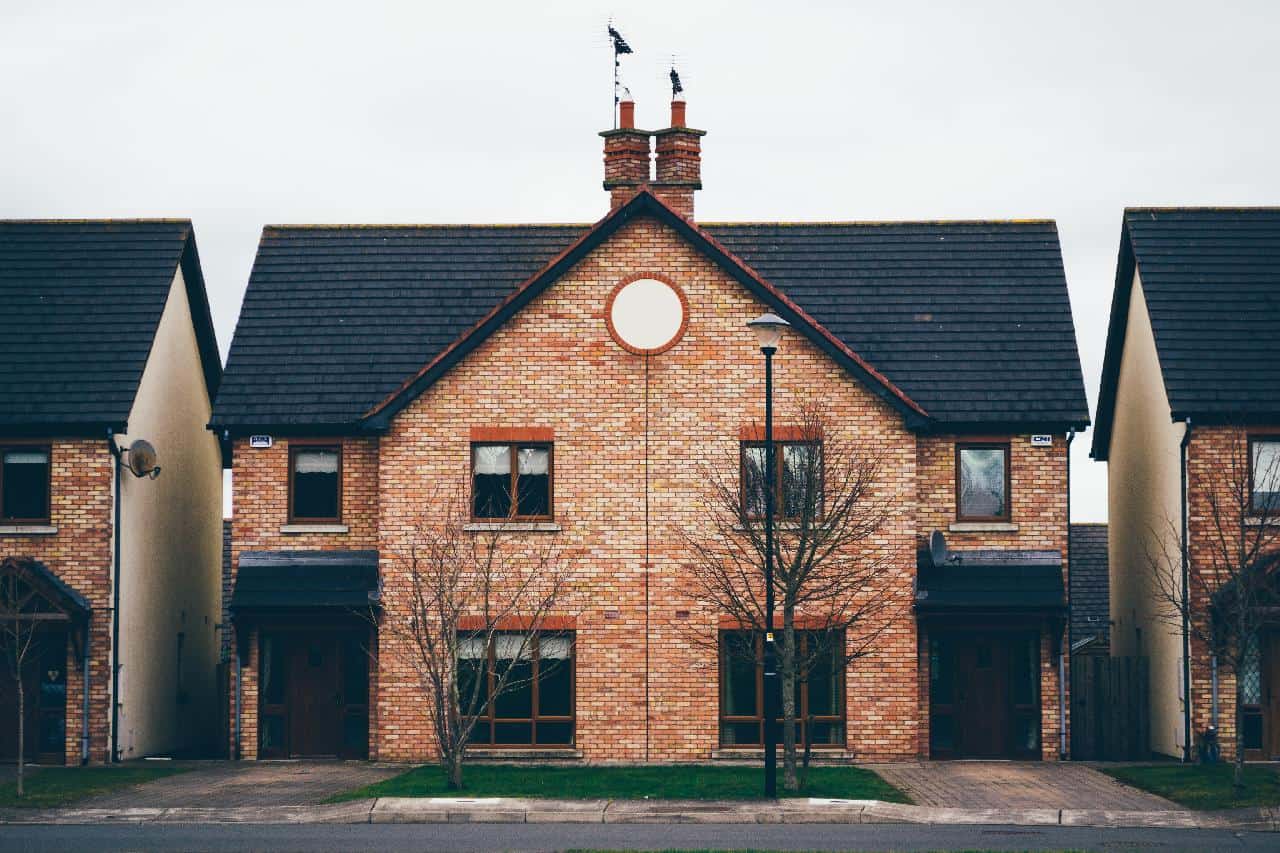Water in your basement can quickly turn into a homeowner’s worst nightmare. Whether it’s the result of a flood or chronic dampness, the consequences can be costly, requiring extensive clean-up and repairs.
To avoid such situations, it is crucial to take proactive steps to keep your basement dry. By implementing preventive measures and promptly addressing warning signs, you can minimize the risk of water damage and its associated expenses.
In this article, we will explore some of the best practices.
Install a Sump Pump
For those living in flood-prone areas or with finished basements, consider a sump pump. These devices effectively prevent water from flooding into your basement by draining it away from your home, minimizing water and moisture buildup.
Different types of sump pumps cater to specific needs, so consulting a local sump pump installer is advised to determine the most suitable option for your home.
Insulate Your Pipes
Focus on insulating your cold pipes specifically. On hot and humid days, condensation forms on cold pipes, leading to water drips on the floor or walls. Insulating your pipes not only helps prevent this issue but also protects them from freezing during temperature drops.
You can opt for professional installation or purchase foam pipe wrap and perform the insulation yourself. Foam pipe wrap is available starting at $0.20 per linear foot, while hiring professionals for pipe insulation installation generally costs around $600.
Enhance Ventilation
If your basement houses a bathroom, it likely contributes to increased humidity, particularly if there’s a shower or bathtub present.
Installing an exhaust fan that vents outside is crucial in preventing moisture buildup. This project typically involves costs ranging from $250 to $550 and is best handled by a professional due to the electrical work involved.
Early Detection and Repair of Holes/Cracks
Even the smallest crack in your foundation can lead to water seepage into your home. If you observe moisture on the interior walls of your basement, it is crucial to identify the source and assess whether you can fix it on your own.
As homes age, cracks commonly develop due to factors like shrinkage, settlement, or regional issues such as frost heave.
Detecting these cracks early is key. Take a thorough walk through your basement, checking under furniture, rugs, and behind wall hangings. The sooner you notice them, the easier they are to repair!
For thin cracks, you can simply fill them with a waterproofing compound. However, larger holes or cracks require cleaning and patching. Use a cold chisel to remove any loose materials and proceed with patching.
Significant breaches in your basement wall or floor suggest a more significant foundation problem. If you notice a substantial breach, it’s advisable to seek professional assistance before the situation worsens.
Seal Rim Joists
Uninsulated rim joists result in significant energy loss. Now is the perfect time to insulate and seal them. Fortunately, insulating rim joists is a relatively straightforward do-it-yourself project. One option is to seal them with cut-to-fit rigid insulation.
A minimum thickness of 2 inches of extruded polystyrene is recommended, but it’s essential to check local codes for specific requirements. If you have a table or saw, use it to cut strips equal to the depth of your joists.
Then, employ a fine-tooth handsaw, utility knife, or miter saw to cut the strips to the desired length. Fill small gaps with caulk and larger gaps with expanding spray foam from a can.
Conclusion
Preventative maintenance for a dry basement is a smart investment that may spare you the hassles and costs of water damage. A dry basement may be maintained, and possible water-related problems can be reduced by putting certain preventative measures in place.
Discover more from Futurist Architecture
Subscribe to get the latest posts sent to your email.




